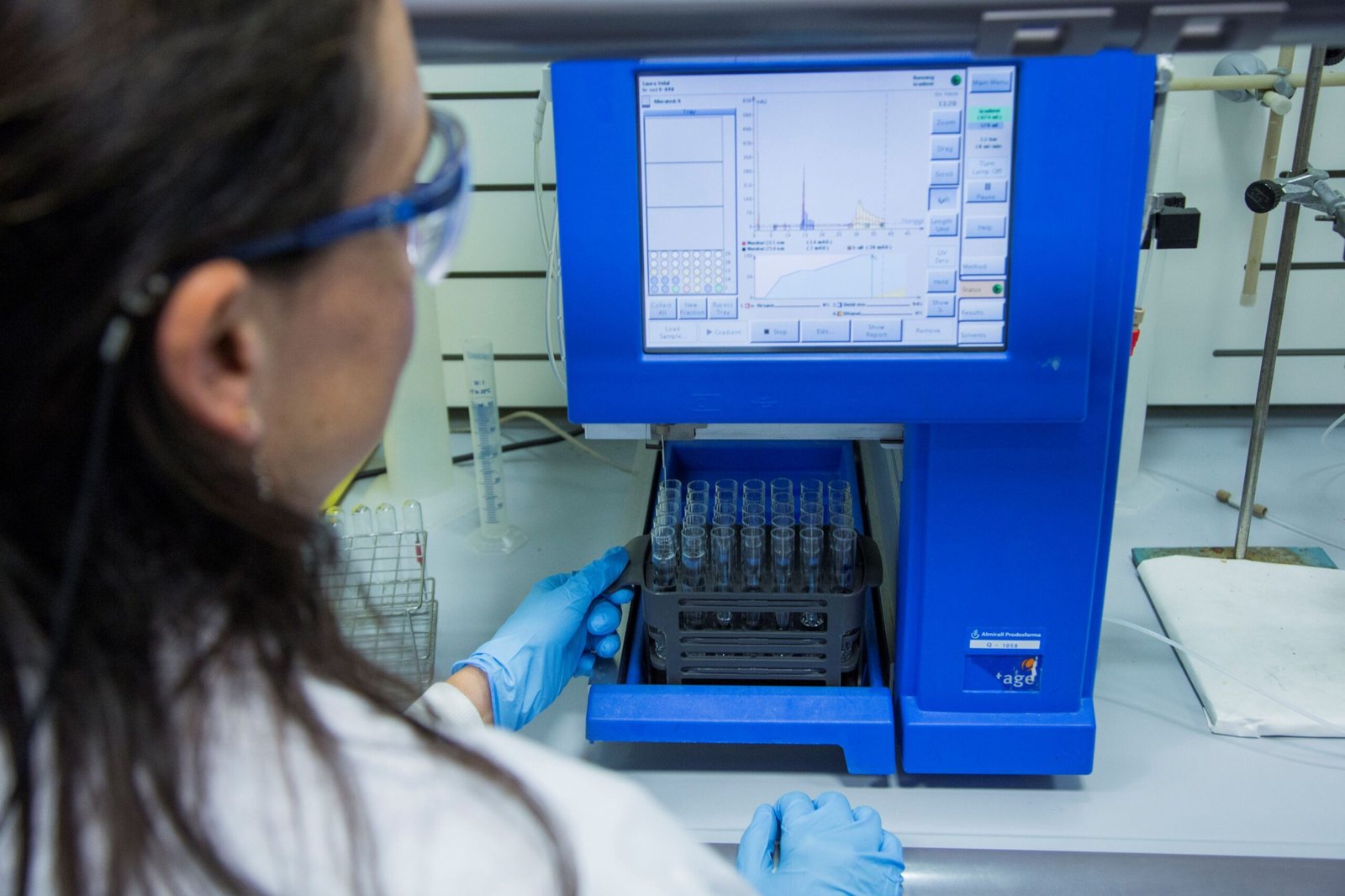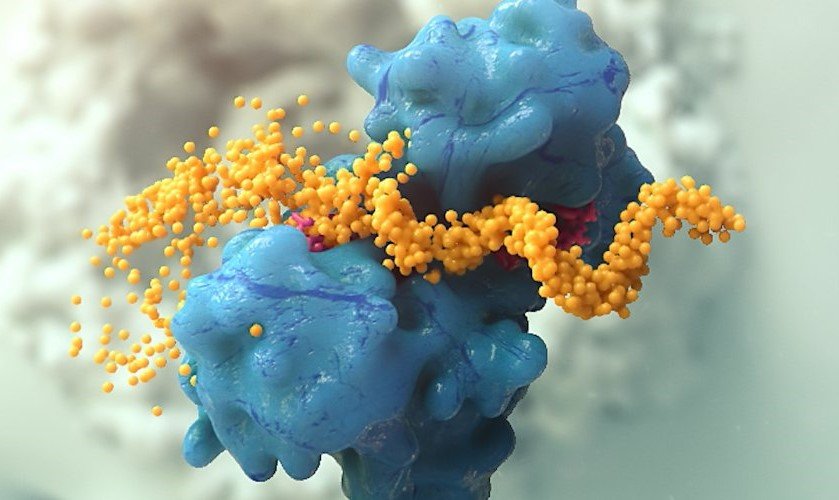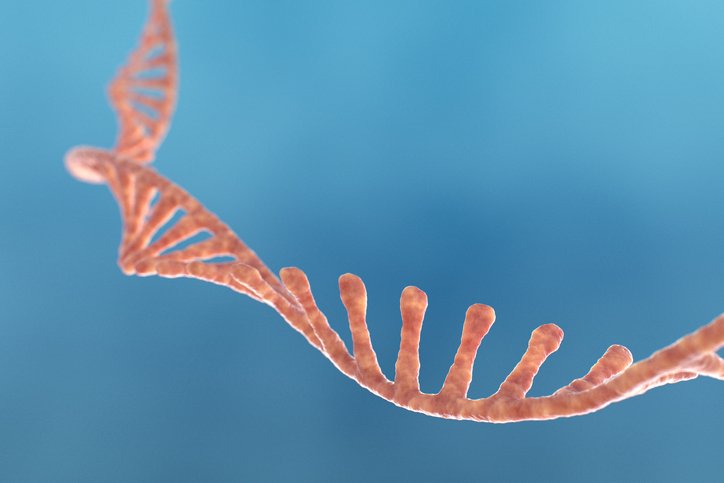A vaccine developed against one strain of a virus is a remarkable achievement. But a “universal vaccine” that could protect from all forms of that pathogen is the holy grail. For decades, researchers have been working on a universal flu vaccine. And the COVID-19 pandemic brought the need for a coronavirus counterpart to the forefront. Now, a team at the La Jolla Institute for Immunology (LJI) has developed a research pipeline to fuel the development of universal vaccines.
This work is published in Cell in the paper, “Highly conserved Betacoronavirus sequences are broadly recognized by human T cells.”
The team focused on conserved regions in coronaviruses. In previous studies, LJI researchers discovered that some cross-reactive T cells can detect conserved sites to target both SARS-CoV-2 and coronaviruses.
The lab of Alba Grifoni, PhD, research assistant professor at LJI is working to map out the conserved epitope regions. “It is important to induce a neutralizing antibody response,” she says. “But we’ve shown that T cells are much more stable in the context of viral variants, and that is because T cells look at all the proteins of the virus.”
To find these conserved epitope regions, they extracted and analyzed data from the public resource Immune Epitope Database (IEDB) which holds data on more than 200 coronavirus epitopes.
Using a combination of bioinformatic tools, including artificial intelligence approaches, the team combined comprehensive epitope mapping with sequence conservation analyses to identify conserved T-cell epitope regions (CTERs). The regions, they note, constitute 12% of the complete SARS-CoV-2 proteome. They also showed that SARS-CoV-2 CTER-specific T cells cross-reactively recognize sequences from multiple viruses in the Betacoronavirus subgenera.
They then compared how T cells recognized different coronavirus epitopes, including epitopes on and outside of the viral “spike” protein.
“The idea is that if a new coronavirus emerges, we might not be able to protect from the infection, but we might be able to protect from hospitalization,” says Grifoni.
The authors write that, “incorporating CTERs from non-spike proteins significantly enhanced T cell cross-reactivity potential and human leukocyte antigen (HLA) coverage compared with T cells targeting only spike proteins.”
Grifoni says this study shows the accuracy and usefulness of a new research pipeline. Researchers could use this same process to pinpoint conserved T-cell epitopes across different respiratory viruses (such as paramyxoviruses, including measles and Nipah virus or enteroviruses, including A71 and D68) and even viral species causing hemorrhagic fevers (such as Lassa virus and Junin virus).
“Our laboratory is collaborating with research groups that are interested in many different viral families,” says Grifoni. “We need to fill the knowledge gaps.”
The post Conserved T-Cell Targets May Boost Universal Coronavirus Vaccine Development appeared first on GEN – Genetic Engineering and Biotechnology News.




